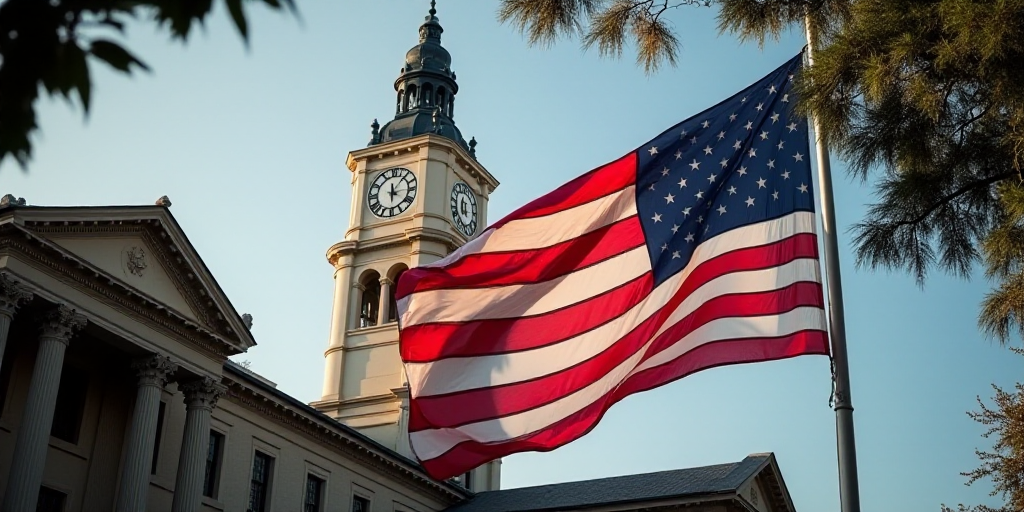Background on Key Figures and Context
The United States (US) job growth stalled in August, with employment increasing by only 22,000 compared to July’s 79,000 additions. The unemployment rate rose to its highest level since 2021, at 4.3%, according to the Department of Labor.
This slowdown in the US labor market, the world’s largest economy, reflects businesses reducing hiring as they grapple with uncertainty caused by President Donald Trump’s fluctuating trade wars.
Trump, known for his assertive economic policies and frequent criticism of the Federal Reserve (Fed), has repeatedly called for interest rate cuts. Following a disappointing July jobs report, he claimed the data was “manipulated” and dismissed the Bureau of Labor Statistics commissioner.
Economists like Kathy Bostjancic of Nationwide attribute the revisions to lower response rates in employer surveys. Late responses necessitate updates to the reported figures.
Key Points from the Report
- August Job Growth: The US added only 22,000 jobs in August, a significant decrease from July’s 79,000.
- Unemployment Rate: The unemployment rate increased to 4.3%, the highest level since 2021.
- Revised June Data: Initial June job growth estimate of 14,000 was revised downward to a loss of 13,000 – the first decline since 2020.
- July Job Adjustments: July’s job additions were slightly upwardly adjusted.
- Sector-specific Impact: Most recently created jobs concentrated in the healthcare sector. Excluding this sector, job growth would be negative.
Expert Opinions and Market Implications
Heather Long, Chief Economist at the Navy Federal Credit Union, emphasized that “alarms are sounding in the labor market” as more industries experience job losses.
Kevin Hassett, Senior Economic Advisor to the White House, acknowledged the slightly disappointing figures but expressed hope for upward revisions.
Potential Fed Response
Given the influence of US employment data on Federal Reserve interest rate decisions, a weakening labor market might sway the Fed towards rate cuts. However, Trump’s recent criticism of the Fed and his insistence on immediate rate reductions add another layer of complexity to this situation.
Key Questions and Answers
- Q: What caused the slowdown in US job growth? A: The slowdown is attributed to businesses reducing hiring due to uncertainty stemming from President Trump’s trade wars.
- Q: Why is the unemployment rate increasing? A: The unemployment rate rose to 4.3% because fewer jobs were created compared to previous months, and many sectors are experiencing job losses.
- Q: How might the Fed respond to these employment figures? A: Given the weakening labor market, the Fed might consider rate cuts. However, Trump’s pressure for immediate reductions adds complexity to this decision.
- Q: What sectors are most affected by the slowdown in job growth? A: Most sectors are experiencing job losses, except for healthcare, where recently created jobs are concentrated.






